Thin-leaved peony "Rubra captivity": description, planting and care

The fashion for peonies has not passed for several centuries. The first description of a flower occurs several centuries before our era. During this period, many new varieties and different groups of peonies have been created, interest in which is experiencing ups and downs. Not so long ago, gardeners again became interested in the lost popularity, modest, by the standards of other species, thin-leaved peony, wild species of which are listed in the Red Book as an endangered species.
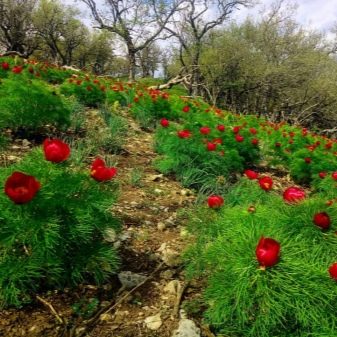
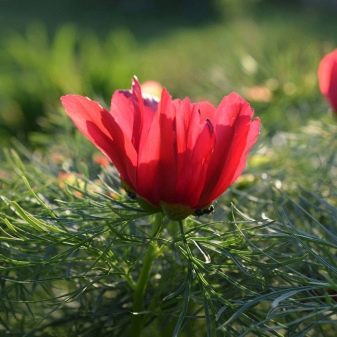
Characteristic
Thin-leaved or narrow-leaved peonies, also called ravens, are herbaceous varieties of the Peony family. Triple leaves, dissected into thin or threadlike lobes, frame bare stems about half a meter high. The top of the shoots is crowned with 1-2 large flowers of red shades. The roots of crows with pineal growths on short legs are located deeply, easily surviving cold winters without additional shelter.
Large shiny seeds of a dark brown or almost black color and oval shape ripen in a box that takes the shape of a 3-5-pointed star.
A characteristic representative of this species is the thin-leaved peony "Rubra captivity" - this is one of the earliest flowering varieties.
A compact, low bush with bright green of delicate leaves in the form of long needles proudly raises bright red glossy pom-poms of double flowers with a diameter of up to 150 mm.
Slightly curved stems at the base at the time of flowering require a garter to avoid collapse of the bush due to the severity of the buds. Blossoms "Rubra captivity" not for long, simultaneously revealing up to 20 beautiful inflorescences, almost at the same time with late-flowering varieties of tulips, exuding a pleasant and light aroma.
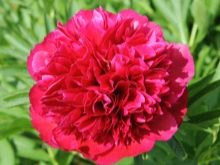
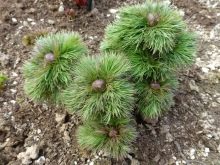
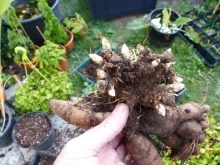
Agrotechnics
In their natural environment, thin-leaved peonies grow on limestone lands, so planting plants in the garden is possible on neutral or weakly alkaline soils. The crow easily tolerates light partial shade and sunlight, delighting the owners with beautiful flowers. A bush planted in the shade will not disappear, building up dense and bright greenery to the detriment of flowering, because of which it will lose some of its charm.
When choosing a planting site, you should avoid placing flowers near tall trees and dense spreading bushes, under the walls of houses or stone fences.
All these objects create extra shade, organize stagnation of moisture in the soil, or deprive peonies of essential nutrients. All this has a detrimental effect on plants.
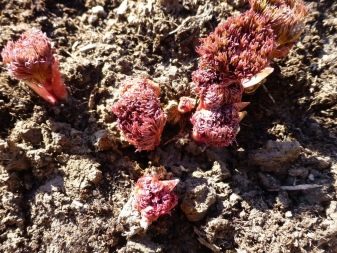
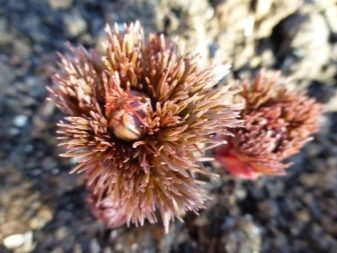
Watering and feeding is done in the same way as for other groups of peonies. They start caring for flowers in early spring.
With the beginning of the growing season and during flowering, the plant requires abundant watering and the introduction of complex mineral fertilizers.
Choosing a suitable top dressing, large amounts of nitrogen should be avoided as it causes increased growth of greenery and blocks the formation of flower buds. For the very first fertilization when the snow cover melts, use urea and ammonium nitrate. In preparation for winter, the plant needs phosphorus and potassium.
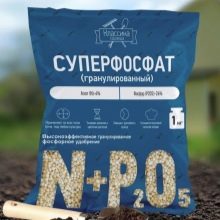
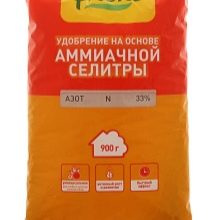

In order for the plant to receive sufficient nutrition and air access to the roots, the area under the bushes is regularly freed from weeds and loosening is carried out. To avoid damage to the roots, the soil within a radius of 10 cm from the bush is loosened to a depth of no more than 50 mm, then - up to 100 mm.
So that the ground under the bushes does not dry out much, remaining loose and breathable, as well as for additional feeding with organic fertilizers and limiting the growth of weeds, mulching with peat or humus is used.
When the tops of the plant are dry, they are removed by pruning at ground level. The soil in place of the bush is sprinkled with a couple of handfuls of wood ash. Old tops are burned to destroy pests and disease carriers.

Vorontsov can grow in one place for a long time, but sometimes they need a transplant. Peonies are transplanted in early autumn, then they take root easier and get sick less. Spring transplants are possible, but there is a great risk of flower death.
From the age of five, shrubs can be divided to produce new plants with characteristic features.
For planting, a hole is prepared with a depth and diameter of 0.6 m. Drainage from expanded clay, broken shards or large pebbles is laid at the bottom of the recess, filled with a prepared substrate of earth, peat and sand with the addition of bone meal and wood ash. Prepare the landing hole 3-4 weeks before transplanting.
The root section with several renewal buds is deepened, leaving the uppermost peephole at the same level with the surface, and covered with earth, slightly compacted to remove air voids. A layer of mulch with a thickness of about 50 mm is poured over the plantings. Delenki are planted at a distance of about 1 meter from each other.
Important! With the onset of flowering, lateral buds are removed, which makes it possible to obtain larger flowers. If this operation is not carried out, then the plant will bloom longer, but the size of the buds will become smaller.
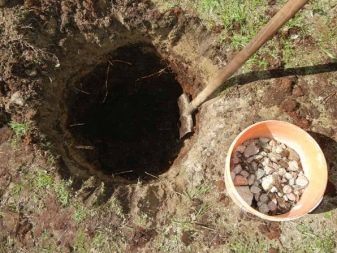
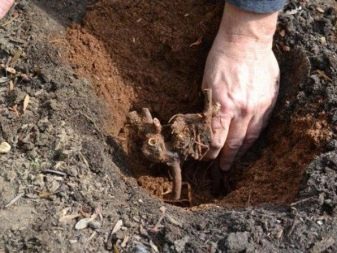
Diseases and pests
Thin-leaved peonies are resistant to many types of diseases and are practically not affected by pests. But with excessive soil moisture, there is a risk of damage by gray rot. To avoid this, you need to do the following:
- observe the watering regime;
- treat bushes with Bordeaux liquid or "Fundazol" to prevent infection, and for young plants the concentration of the solution should be half the norm required for adults;
- be sure to carry out autumn pruning and destruction of tops.
Important! Diseases such as root rot, rust and mottling are practically also treated.
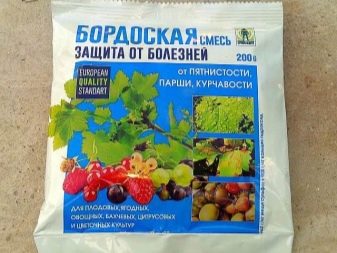
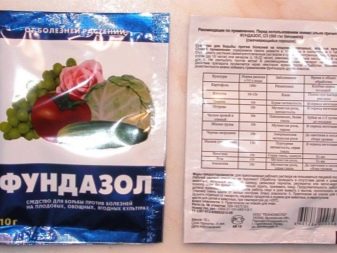
One of the dangerous pests is the root parasite root gall nematode. Forming galls with a diameter of 3-5 mm at the tips of the roots, microscopic worms multiply in them, and then penetrate into the roots and destroy them, causing the death of the plant. To combat the parasite, it is necessary to carry out timely weeding and destroy the affected plants, completely digging out and burning the diseased bush.
The parasite can also be carried by other plants in the garden, from which infection through the soil can occur.
To prevent this from happening, you need to carefully examine the planting material, and after the destruction of the affected plants, treat the ground with a formalin solution.
Ants that form their nests in the roots of peonies, rather not pests, but a signal that something is wrong with the plant and it needs treatment. Although not so long ago, a species of ants was discovered that oppresses a flower. To get rid of insects, you need to spray the buds solution of "Fufanon".
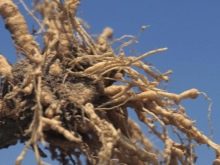
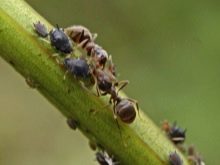

Use in landscape design
Peonies "Rubra captivity" have a low compact bush shape, so they can be planted next to the same undersized varieties of other shades or placed in front of taller species with yellow, white, red or cream flowers. Since the tops of thin-leaved peonies quickly lose their decorative effect, you should not place them in the center of the exposition. If this is done, then the space around the bush can be decorated with stones.
Vorontsov are suitable for decorating alpine slides and use in mixborders.
Good peonies "Rubra captivity" surrounded by spring bulbs: tulips, daffodils, muscari and other species.
In combination with roses, lilies, clematis, phlox, garden geraniums and other perennials, the Rubra captivity peony is used to decorate the area near gazebos and along fences. Even rows of thin-leaved peonies, planted along garden paths, look beautiful.
Daisies, dwarf asters, pansies, white tansy or other undersized flowers will serve as a border for such a living fence. Thin delicate needles of thin-leaved peonies go well with the eternal greenery of dwarf species of thuja, juniper, fir.
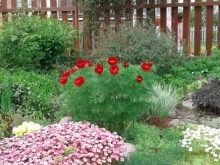
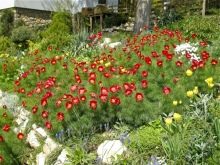

Florist recommendations
Gardeners appreciate the fine-leaved Rubra Plena for its early flowers, thanks to which it is possible to fill the gap between the flowering of early spring species and other varieties of peonies, creating a continuous wave of various shades. Of the shortcomings, many note the tendency of this group of peonies to be damaged by gray rot, which is why they need more careful care and additional treatment with fungicides.
But general reviews about the variety are good, therefore, by planting a thin-leaved flower "Rubra captivity" on the site, you can enjoy the beauty of peonies from the earliest possible dates.
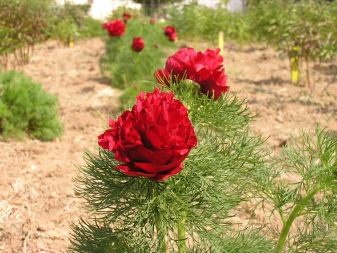
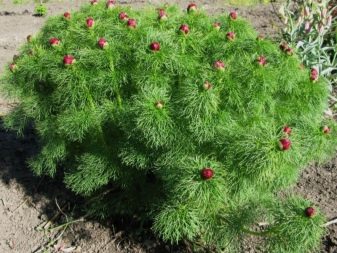
An object lesson on planting a narrow-leaved peony, see below.







































































































The comment was sent successfully.